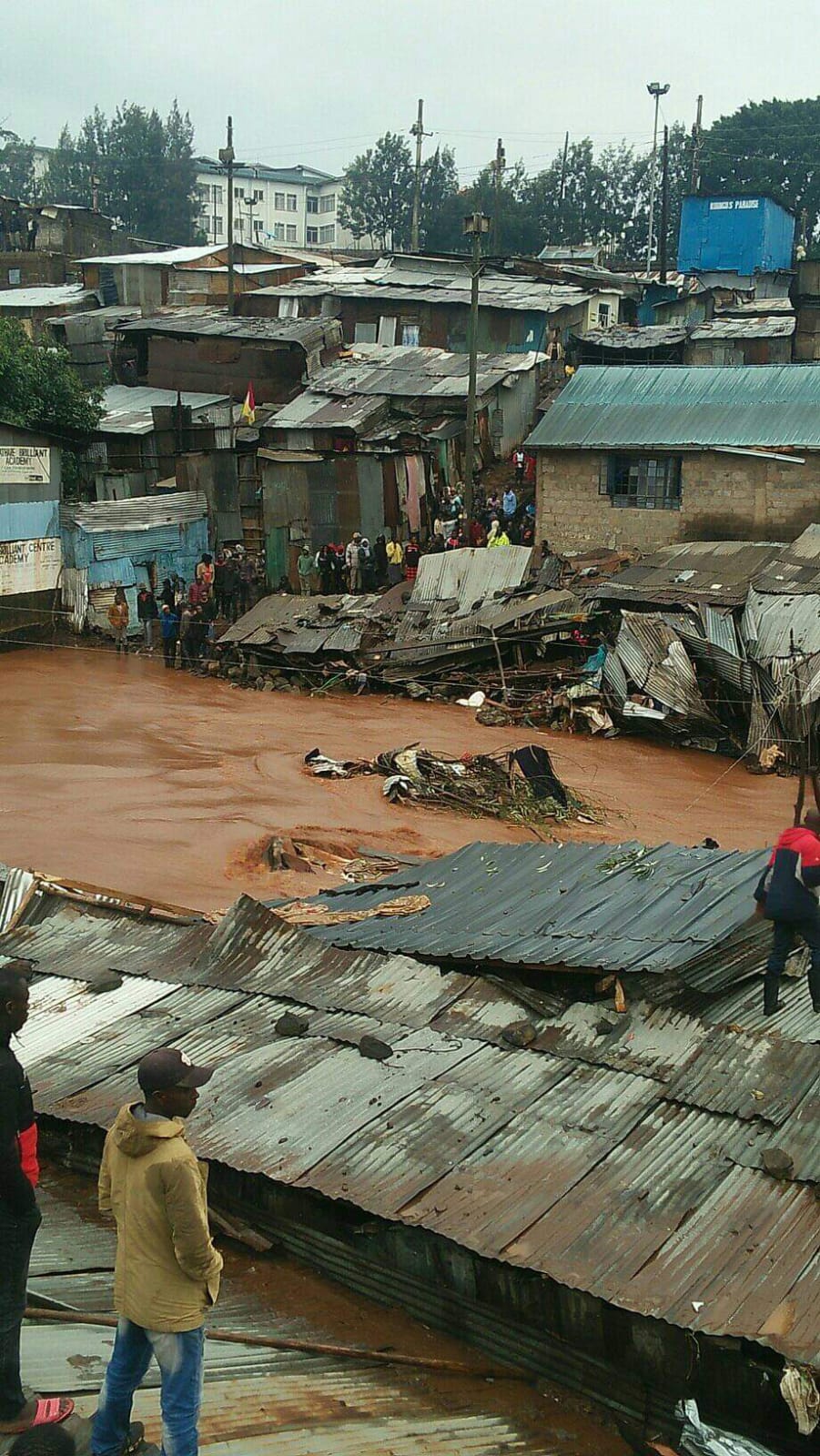Time to act on drought and famine
Sadly, drought remains an ever-present threat in Kenya even in this 21st century. Despite a growing economy, improved technology and lots of foreign aid, some parts of the country experience
Sadly, drought remains an ever-present threat in Kenya even in this 21st century. Despite a growing economy, improved technology and lots of foreign aid, some parts of the country experience perennial drought. Why is this the case? ESTHER KIRAGU examines the situation.
It was recently reported in a local newspaper that a family in Baringo County slaughtered and ate their cat after going for days without food. Hunger is reported to have stalked the area for many months now and many residents have moved to neighbouring counties of Elgeyo-Marakwet and West Pokot in search of food, pasture and water for their livestock.
Kenya largely depends on rain-fed agriculture for its food production. As such, the country relies on the two main rainy seasons – the long rains from March to May and the short rains from October to December. Most farmers harvest their crops once a year, planting in April and harvesting in September. But when the rains fail, crops fail and hunger persists. As a result, many Kenyans continue to die from hunger each year.
Climate change is having an increased impact on food production throughout the world, as droughts and flooding become more frequent and severe. Some experts say global warming may demolish people’s ability to cope and push already vulnerable families over the edge. With the change in climate over the years, many parts of the world are expected to be even warmer and experience a large degree of uneven rainfall with extreme weather changes.
The United Nation’s Food and Agriculture Organization (FAO) defines famine as more than two people per 10, 000 dying daily from lack of food. This assessment is based on FAO’s integrated food security phase classification, also known as IPC scale. The IPC scale is a tool for improving food security analysis and decision-making. It has been adapted by several international agencies and supported by several governments including Kenya.
Drought usually has a prolonged effect on people and its effects have a ripple affect. Pastoralists are forced to leave their homes in search of water and food for their animals, leaving behind vulnerable women, children and the elderly to fend for themselves in the villages. This out-migration of the area also forces children out of schools, making it difficult for them to return.
There is also likelihood of rise in conflict as pastoralists venture into territories traditionally used by other groups thus heightening tensions. Poaching, cattle rustling and banditry usually rise, posing insecurity issues on residents. Environmental degradation is accelerated during periods of drought due to diminished wetland areas; poor land use activities, such as cutting down of trees for fuel, wood and charcoal burning for income; bush and range fires and overgrazing.
Drought has significant environmental, economic and social impact. A lot of the economic impacts occur in agriculture and related sectors in the country, including forestry and fisheries, because these sectors largely rely on water supply. Many times the impact of drought may become so widespread that it is often difficult to determine accurate financial estimates of damage.
Lack of preparedness…
In March 2011, immediate former President Mwai Kibaki declared the ongoing drought a national disaster. In July 2011, the Red Cross and some corporate leaders in Kenya, in response to media reports of famine and deaths from starvation in Turkana, started an initiative fundraiser dubbed ‘Kenyans for Kenya’. This led to over Ksh500 million been raised towards this course. Three years later, there are media reports that the Turkana region is facing one of the worst droughts with more than one million people in need of food aid. Local politicians have also added their voice, warning that the death toll would start rising unless urgent action is taken. For how long will this community dependent on food aid?
The United States Agency for International Development (USAID) describes famine as a catastrophic food crisis that results in widespread acute malnutrition and mass mortality. It is a process, rather than an event, with a beginning, middle and an end. Yet annually, the Kenyan government seems to be caught off guard by drought and famine. While some disasters such as floods or wars can create food shortages almost overnight, the onset of food crises in Kenya is usually slower and much more predictable. And therefore a lot of effort should be put into developing early warning systems.
The Famine Early Warning Systems Networks (FEWS NET) has already warned that there was a short dry spell at the beginning of April but the rains resumed in the second week of April. But so far, the spatial and temporal distribution of rain has been irregular, which is likely to negatively impact crop and livestock production. So the question begs, what are we doing as a country about this?
Intervention measures…
Early this year, the National Drought Management Authority (NDMA) placed the government on alert of looming famine, focusing on counties in the eastern, northern and coastal regions. Media reports indicated that the government responded by directing the Kenya Meat Commission to prioritise buying livestock from the affected areas to help mitigate any losses farmers may sustain. This means that pastoralists should start selling some of their livestock to maintain manageable stocks and avert massive losses.
The government, often from its own strategic stores, usually provides initial food aid whenever there is drought through the Ministry of State for Special Programmes. Some of these include releasing emergency funds and deploying military personnel to help expedite food and medical supplies to citizens. Also Aid agencies may already be working among the most vulnerable groups or may be invited to do so by the government. Food is sometimes distributed through school feeding programmes that are also intended to keep children in school.
The World Food Programme (WFP) and the African Union (AU) have set up the African Risk Capacity Insurance scheme that aims to give participating governments payouts when extreme drought, flood or cyclones strike, and reduce their reliance on international aid.
While the government emergency efforts and aid to Kenya is good as it responds to the country’s recurrent food crises, it fails to address the underlying infrastructure problems that could prevent such emergencies. Emergency assistance to various parts of the country facing hunger are often said to be delayed or not enough. This calls for the government to set up a permanent drought contingency fund.
There is need for more preparedness through greater water availability, agricultural assistance and roads to provide access to markets. One of the most underutilized solutions is water harvesting to provide communities with water for several months despite the existence of drought.
Most aid agencies including the WFP say the long-term aim should be to reduce dependence on food aid both through sustainable agricultural development and reducing poverty. The debate on the best way of boosting agricultural output and avoiding food crises is never-ending, but experts say more resilient seed types, more appropriate crops, better irrigation and business planning all have a role to play.
Most of the world’s worst famines in the last century took place not in Africa – as is widely believed – but the Soviet Union and Asia, including China and India. Both India and China have since largely avoided serious food crises – although not chronic malnutrition. Experts attribute that to better planning and agricultural techniques, as well as strong overall economic growth. Kenya needs to borrow a leaf from such countries.
Experts continue to find solutions on improving agriculture in Africa. Some of the solutions offered to end drought include improving fertilizer and seeds – including genetically modified types. Others include the use of lower tech solutions, developing more irrigation schemes and prioritizing the development of the arid and semi-arid parts of Kenya to stem perennial food insecurity.
To end the vicious cycle, as a country we need to find more strategies that aim at reducing the vulnerability of drought-prone communities by altering or strengthening their land use and farming practices, as well as implementing programmes that promote water and food security, which also enhance poverty alleviation.
Published on June 2014





